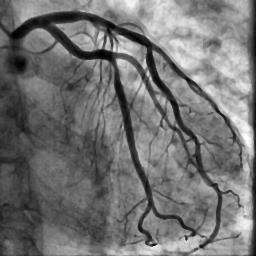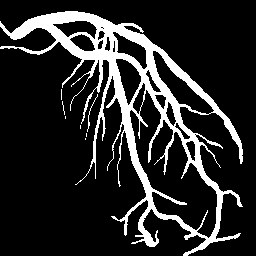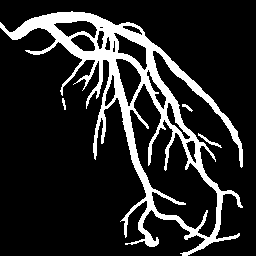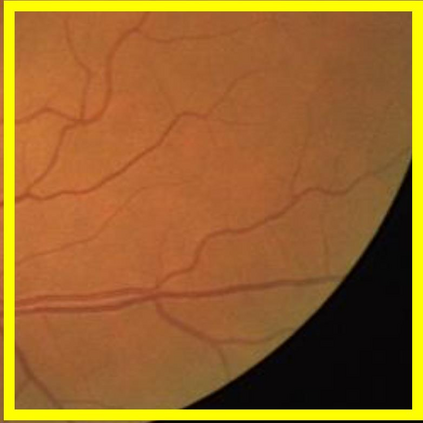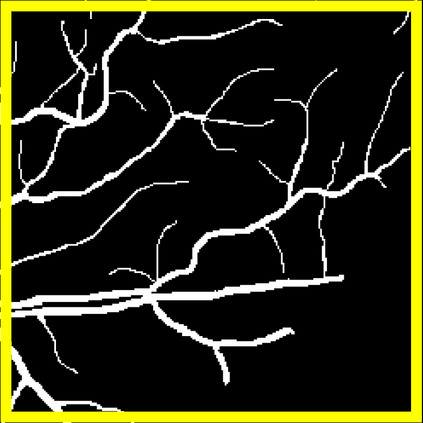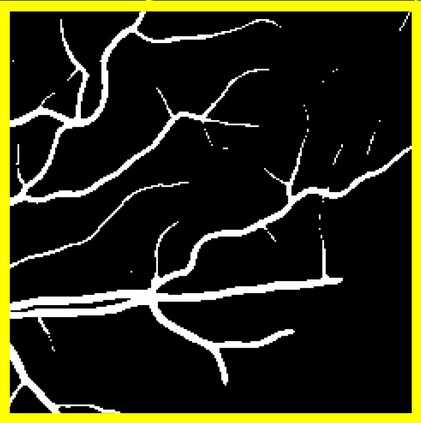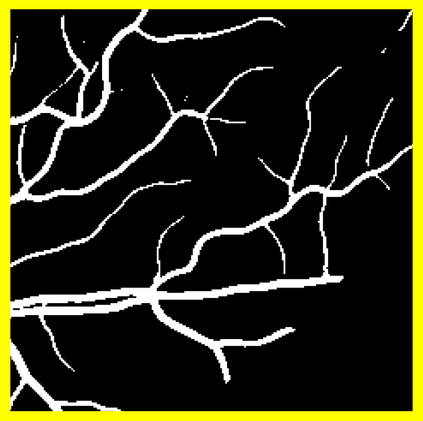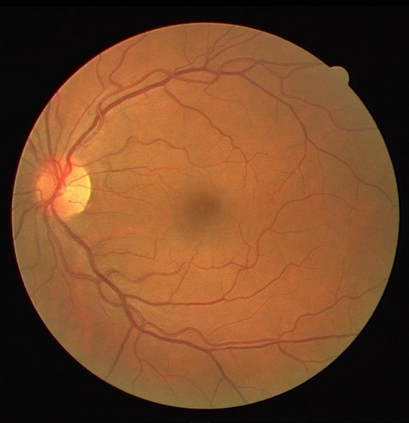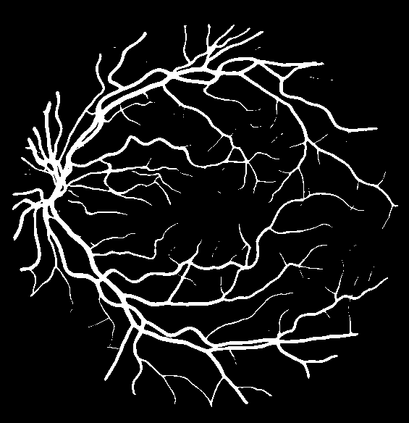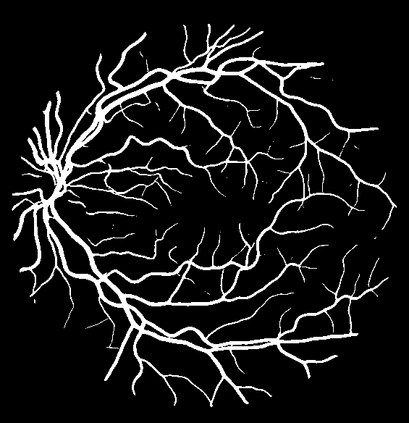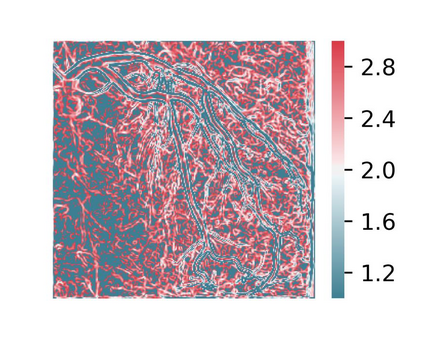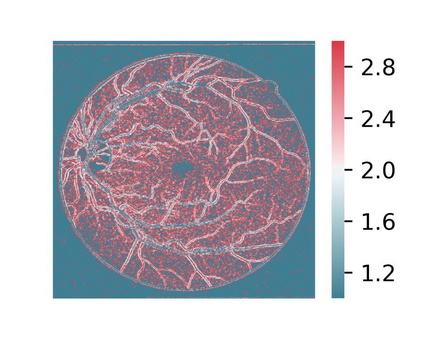Blood vessel segmentation is crucial for many diagnostic and research applications. In recent years, CNN-based models have leaded to breakthroughs in the task of segmentation, however, such methods usually lose high-frequency information like object boundaries and subtle structures, which are vital to vessel segmentation. To tackle this issue, we propose Boundary Enhancement and Feature Denoising (BEFD) module to facilitate the network ability of extracting boundary information in semantic segmentation, which can be integrated into arbitrary encoder-decoder architecture in an end-to-end way. By introducing Sobel edge detector, the network is able to acquire additional edge prior, thus enhancing boundary in an unsupervised manner for medical image segmentation. In addition, we also utilize a denoising block to reduce the noise hidden in the low-level features. Experimental results on retinal vessel dataset and angiocarpy dataset demonstrate the superior performance of the new BEFD module.
翻译:近些年来,有线电视新闻网的模型导致分离任务突破,然而,这类方法通常会失去物体边界和对船只分割至关重要的微妙结构等高频信息;为解决这一问题,我们提议加强边界和地貌分解模块,以促进网络能力,在语义分解中提取边界信息,这种信息可以以端到端的方式纳入任意编码器-分解器结构。通过引入索贝尔边缘探测器,网络能够在之前获得更多边缘,从而以不受监督的方式加强医疗图像分解的边界。此外,我们还利用一个分解区块来减少低层特征中隐藏的噪音。关于再生容器数据集的实验结果和血管合成数据集显示了新的BEFD模块的优异性性表现。









